
What Is the Smallest Gauge Earring and Why It Matters
If you’re wondering what is the smallest gauge earring, the answer is typically 24g—but thinner isn’t always better. Gauge measures the thickness of the post, and higher numbers actually mean a thinner earring. For healthy and long-lasting piercings, 20g–18g posts are usually stronger and safer, especially for new piercings (with lobes often 18g–16g and cartilage 16g). Extremely thin posts can “cheese-wire” through the skin, leading to tearing, migration, or even rejection. Choosing implant-grade titanium, steel, or solid gold—like the styles found in our cute earrings collection—and measuring precisely with a caliper helps ensure a proper fit. When in doubt, a professional piercer can guide you to the safest choice.
Understanding Gauge Numbers vs. Millimeters
Although the terms sound interchangeable, gauge and millimeter measure different things—and mixing them up can lead to sizing mistakes. You’ll use gauge to describe wire thickness and millimeters to express the actual diameter.
Because gauge numbers run inversely—higher gauge, thinner jewelry—you need consistent gauge measurement techniques. Use a calibrated digital caliper to measure the post’s diameter in millimeters at the mid-shaft, avoiding threaded or flared sections.
Once you have a precise diameter, apply verified millimeter conversions to determine the corresponding gauge. Don’t rely on visual estimates or mixed charts; manufacturers vary, and small errors can stress tissue or compromise healing.
If you’re changing jewelry, match both the measured millimeters and the intended gauge. When uncertain, consult a professional piercer for confirmation and safe sizing.
The Smallest Common Earring Gauges Explained
Three sizes cover most “smallest” earring needs: 20g, 22g, and 24g. You’ll see these as the common sizes for studs and delicate hoops. In gauge terms, bigger numbers mean thinner jewelry. Practically, 20g is sturdy for daily wear, 22g feels finer without being fragile, and 24g approaches the smallest gauge you’ll encounter in consumer earrings.
Choose based on your anatomy, lifestyle, and sensitivity. If you swap jewelry often, 20g resists bending and minimizes snags. If you prefer an airy look, 22g balances finesse and durability. Use 24g only when you want the most minimal footprint and you handle earrings gently.
Confirm exact millimeter diameters when purchasing; manufacturers vary. Prioritize smooth, high‑polish finishes and biocompatible materials to reduce irritation and mechanical microtrauma.
Safe Gauge Sizes for Initial Piercings
Knowing the smallest gauges helps, but initial piercings need safer, slightly thicker jewelry to protect tissue. For initial piercing safety, you should choose gauges that resist tearing, reduce migration, and allow adequate blood flow.
In lobes, earring gauge recommendations typically fall at 18g (1.0 mm) or 16g (1.2 mm). Cartilage often fares better at 16g to minimize cheese-wiring and pressure necrosis. For nostrils, 18g or 20g can work, but 18g offers more structural integrity. For septum and helix, 16g is standard for stability.
Select implant-grade titanium (ASTM F136/F1295) or solid 14k–18k gold; pair with a post long enough to accommodate swelling. Avoid 22g–24g starters; they’re too fine and increase risk of tearing, embedding, and scarring.
Follow aftercare and downsize once swelling subsides.
Choosing Gauges for Long-Term Comfort and Durability
When you pick a long-term gauge, prioritize tissue health, jewelry integrity, and lifestyle. Choose a diameter that keeps blood flow robust and edges smooth against the piercing channel.
For long term comfort, avoid abrupt size changes; step up or down in small increments with professional guidance. Select durable materials: implant-grade titanium (ASTM F-136), ASTM F-138 steel, solid 14k–18k gold, or inert glass. Guarantee high-polish finishes and internally threaded or threadless posts to reduce micro-tears and debris traps.
Match gauge to anatomy and jewelry style. Heavier pieces may need a slightly thicker gauge to distribute load evenly. Verify proper post length to accommodate swelling and seasonal changes without pressure.
Maintain a consistent wear schedule, clean regularly with sterile saline, and replace damaged jewelry promptly.
Risks of Going Too Thin: Tearing, Migration, and Rejection
Although thin jewelry can look delicate, undersizing the gauge increases mechanical stress on tissue and raises the odds of tearing, migration, and full rejection.
When the post is too narrow, it acts like a wire, slicing through the piercing channel under daily motion. That increases tearing risks at the entry and exit, especially on cartilage with poor blood supply.
A thin gauge also concentrates pressure at the front, encouraging the jewelry to drift forward—classic migration issues. As the fistula thins, your body may push the jewelry out entirely, resulting in rejection and scarring.
You’ll also see prolonged redness, tenderness, and widening of the external opening as warning signs.
Prior trauma, thin tissue, and heavier or snag-prone designs amplify these risks even at “fashion-standard” gauges.
How to Measure, Change, and Care for Your Gauge Size
Before you adjust any jewelry, establish your current gauge accurately so you don’t damage the fistula. Use calipers or a gauge wheel to measure the post or plug diameter, not the decorative end. Confirm symmetry between ears. If you’re unsure, have a professional verify size.
Plan size adjustments gradually: one step per 6–8 weeks for healed lobes, longer for cartilage. Use implant-grade steel, titanium, or glass tapers only for healed tissue; never force. Lubricate with sterile water-based lubricant, breathe, and stop at resistance. If you feel sharp pain, bleeding, or blanching, downsize and reassess.
Prioritize gauge maintenance: wash hands, clean jewelry with mild soap, and rinse thoroughly. Avoid alcohol or peroxide.
Sleep on clean linens, minimize snag risks, and schedule periodic check-ins with a piercer.
Frequently Asked Questions
Do Different Materials Feel Thinner or Thicker at the Same Gauge?
Yes. At the same gauge, materials don’t change thickness, but they can feel different. Higher material density increases earring weight, making pieces feel “thicker.” You’ll perceive heavier metals more, so choose lighter, biocompatible options for comfort and safety.
How Do Seasonal Temperature Changes Affect Earring Gauge Comfort?
Seasonal temperature changes affect comfort by altering tissue temperature sensitivity and jewelry gauge flexibility. In cold, metal stiffens and skin tightens, increasing pressure. In heat, swelling increases friction. You adjust material, diameter, and aftercare to maintain safe, client-centered comfort.
Are Certain Gauges Better for Active Sports or Helmets?
Yes. For active sports or helmets, you should choose moderate gauges with high gauge flexibility and low profile jewelry. Prioritize sports safety: smooth titanium or niobium, captive rings or flat-back studs, secure closures, tape if required.
Can Small-Gauge Earrings Trigger Metal Detectors or Security Scanners?
Yes, small-gauge earrings rarely trigger metal detectors. Low mass and non-ferromagnetic materials minimize detection. Choose titanium or niobium for metal sensitivity. Follow security protocols: declare implants, remove jewelry if requested, and carry documentation for piercings in high-security environments.
How Do Allergies Influence Gauge Choice and Healing Time?
Allergies push you toward hypoallergenic metals and slightly thicker gauges to reduce trauma. Allergy reactions prolong the healing process and increase infection risk. You’ll choose implant-grade titanium or niobium, avoid nickel, follow aftercare precisely, and extend downsizing timelines accordingly.
Conclusion
You’ve seen how gauge numbers translate to millimeters, which sizes are common, and what’s safe for new and healed piercings. Choose a gauge that protects tissue, resists tearing, and suits your jewelry goals long-term. When in doubt, prioritize anatomy, lifestyle, and professional advice. Avoid jumping thinner too fast, monitor for redness, pain, or migration, and downsize or upsize gradually. Measure with calipers, change jewelry gently, and clean consistently. Your ears heal best when you respect size, material, and aftercare.


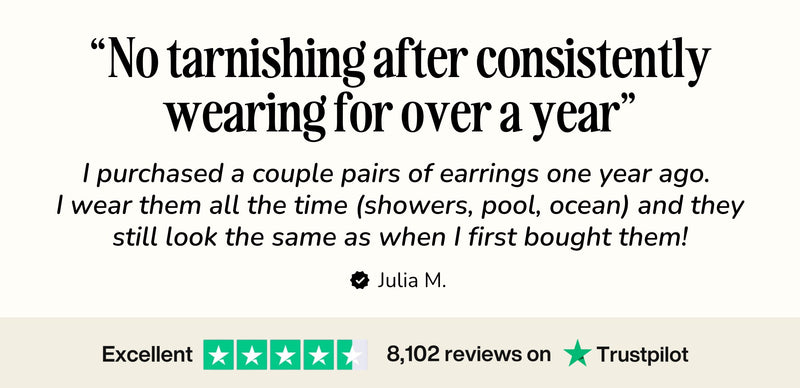





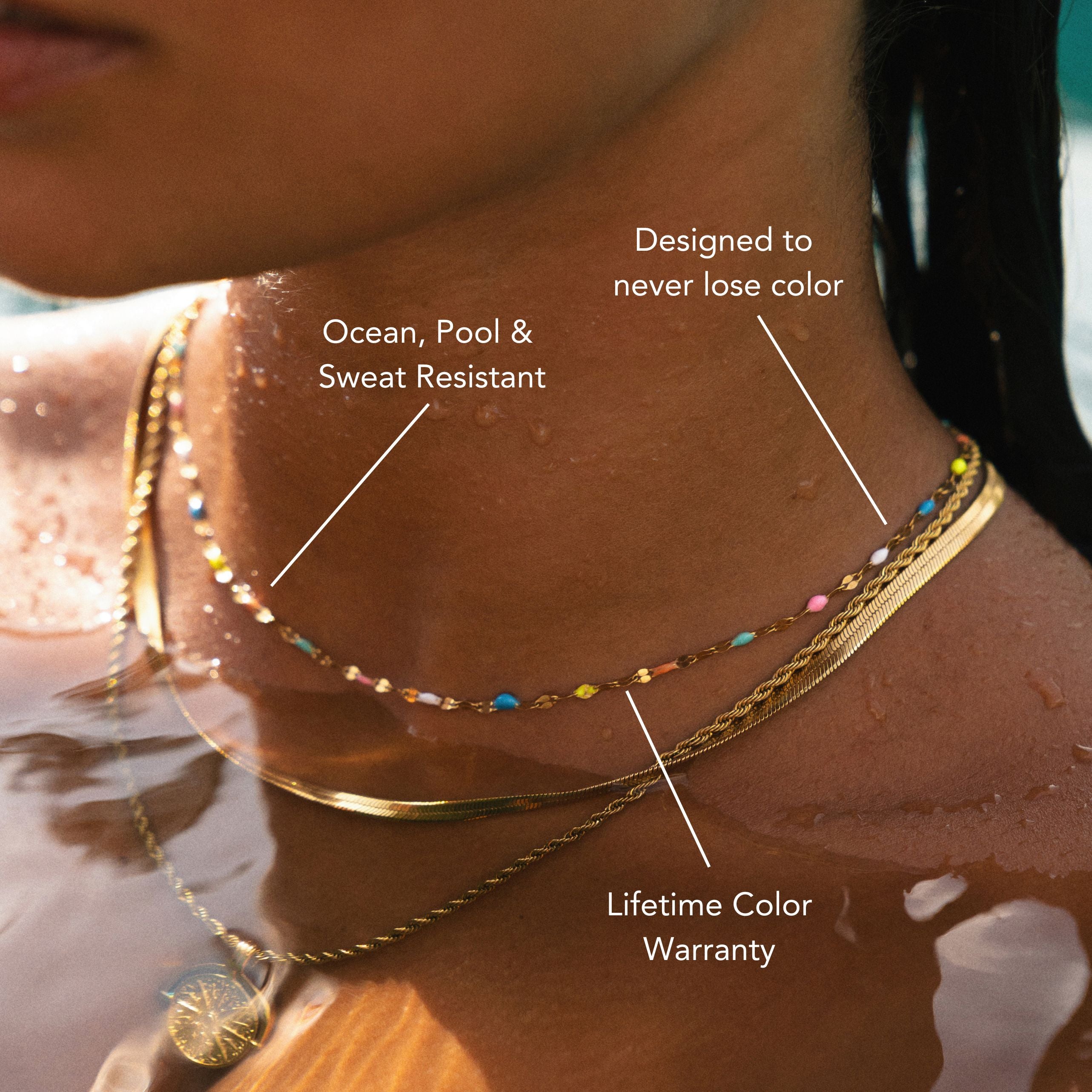


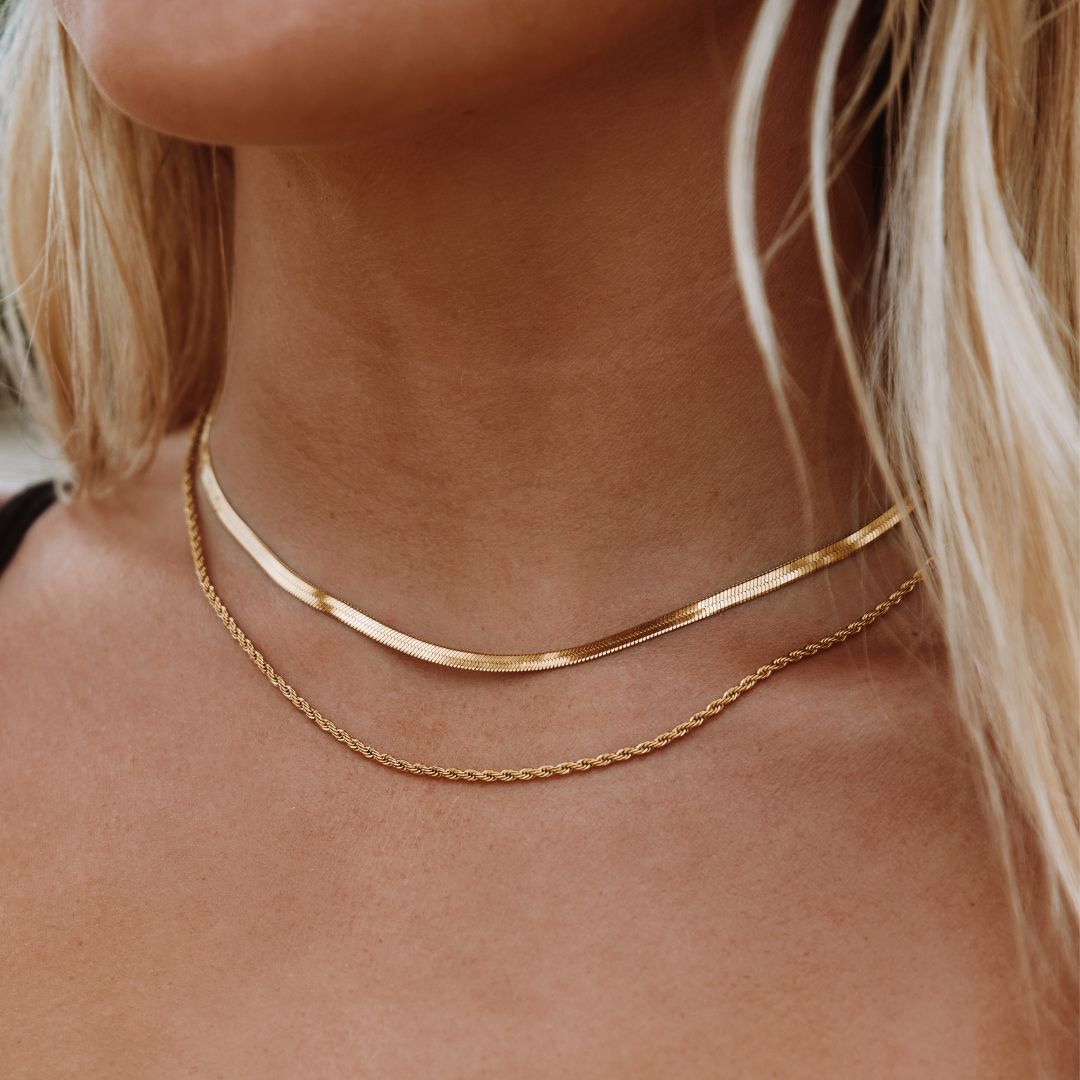

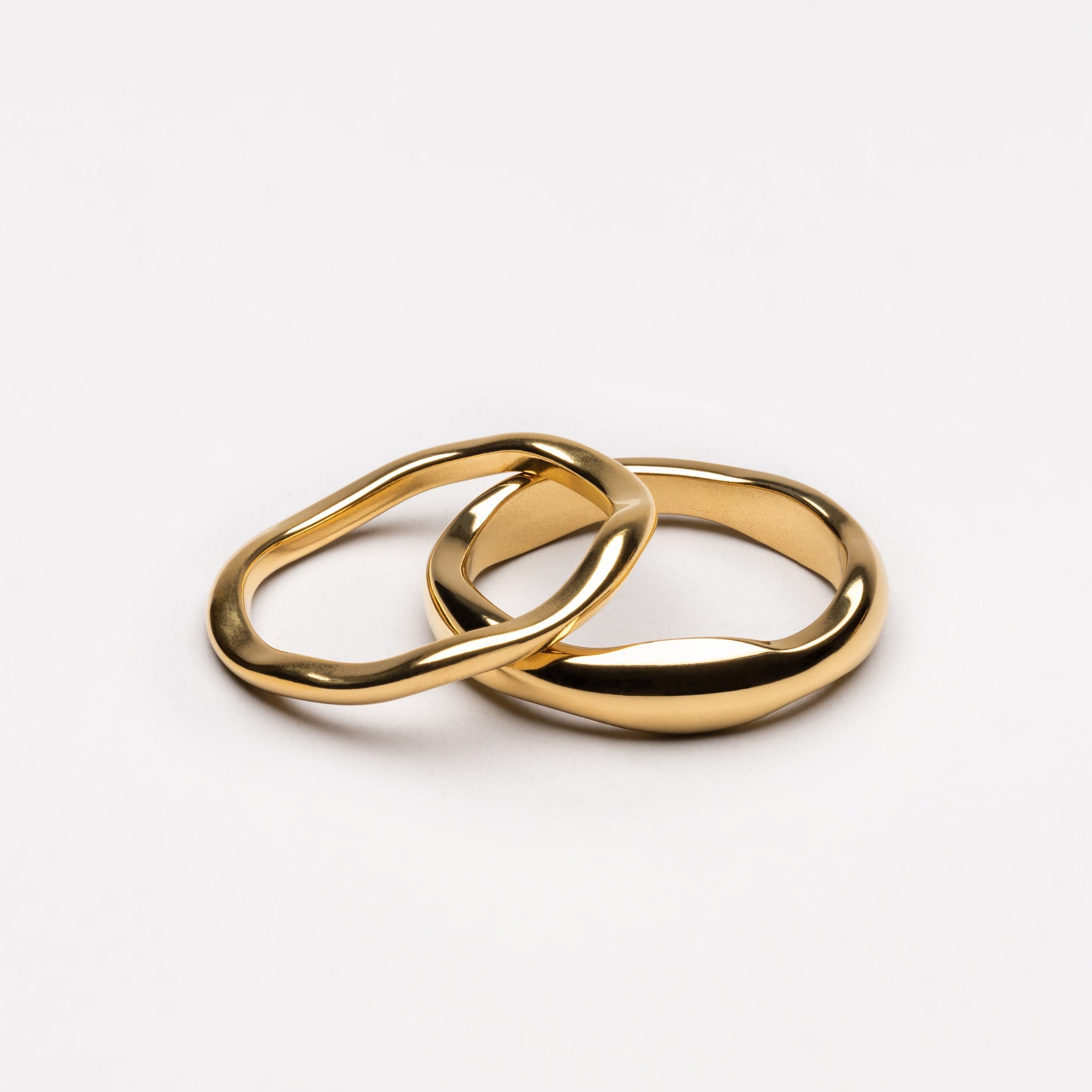
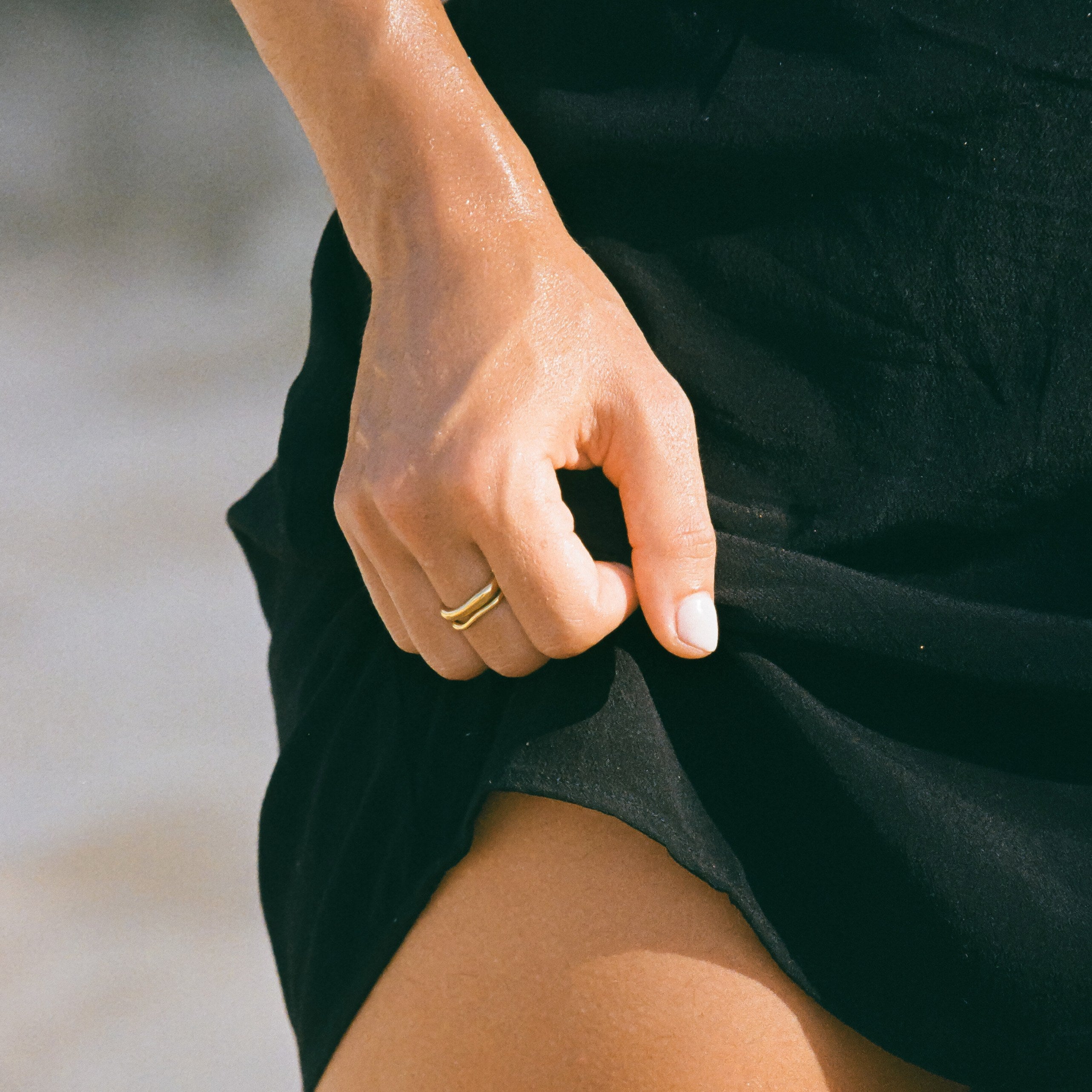
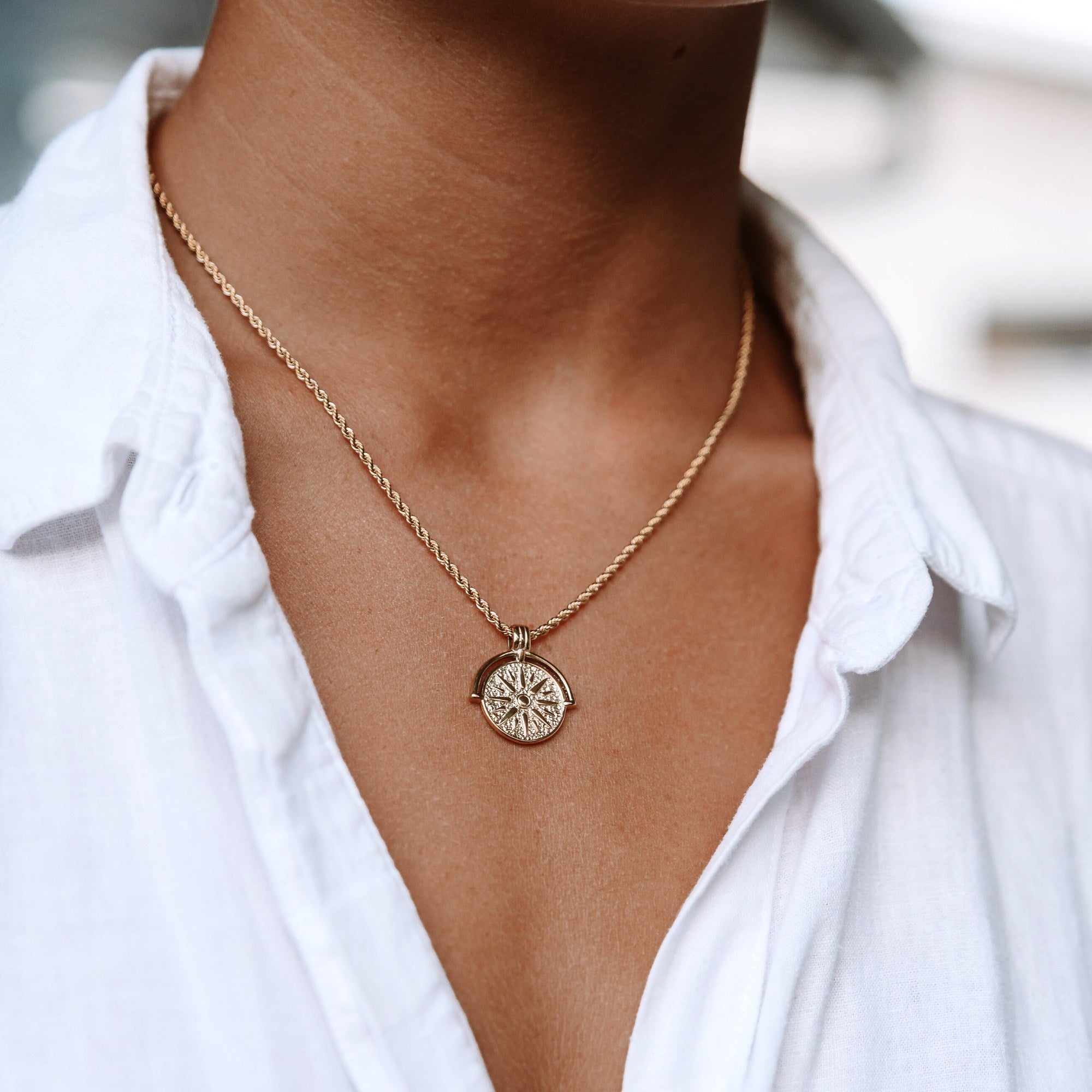
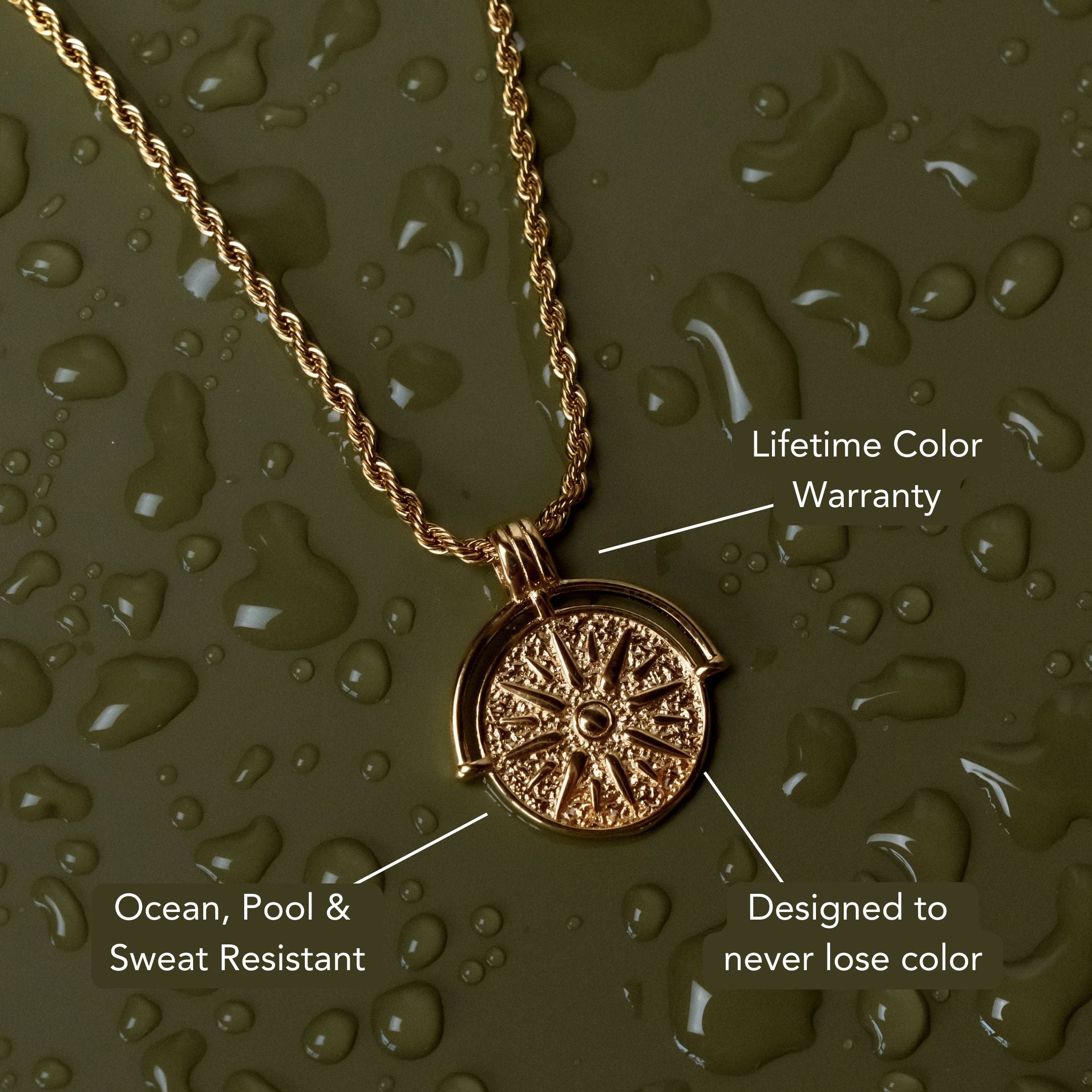






Leave a comment
This site is protected by hCaptcha and the hCaptcha Privacy Policy and Terms of Service apply.